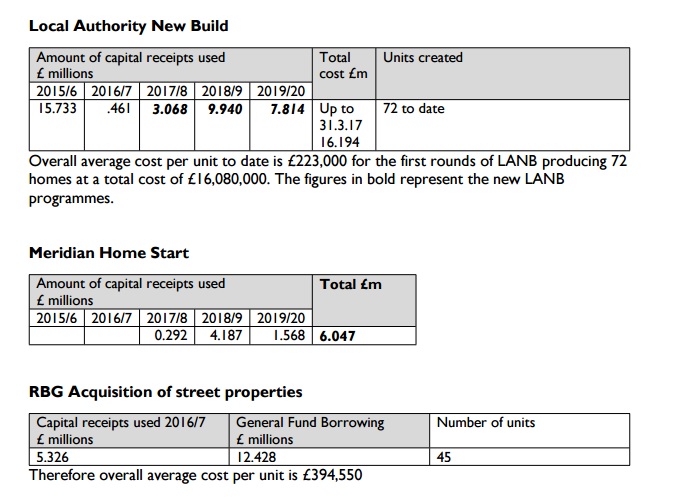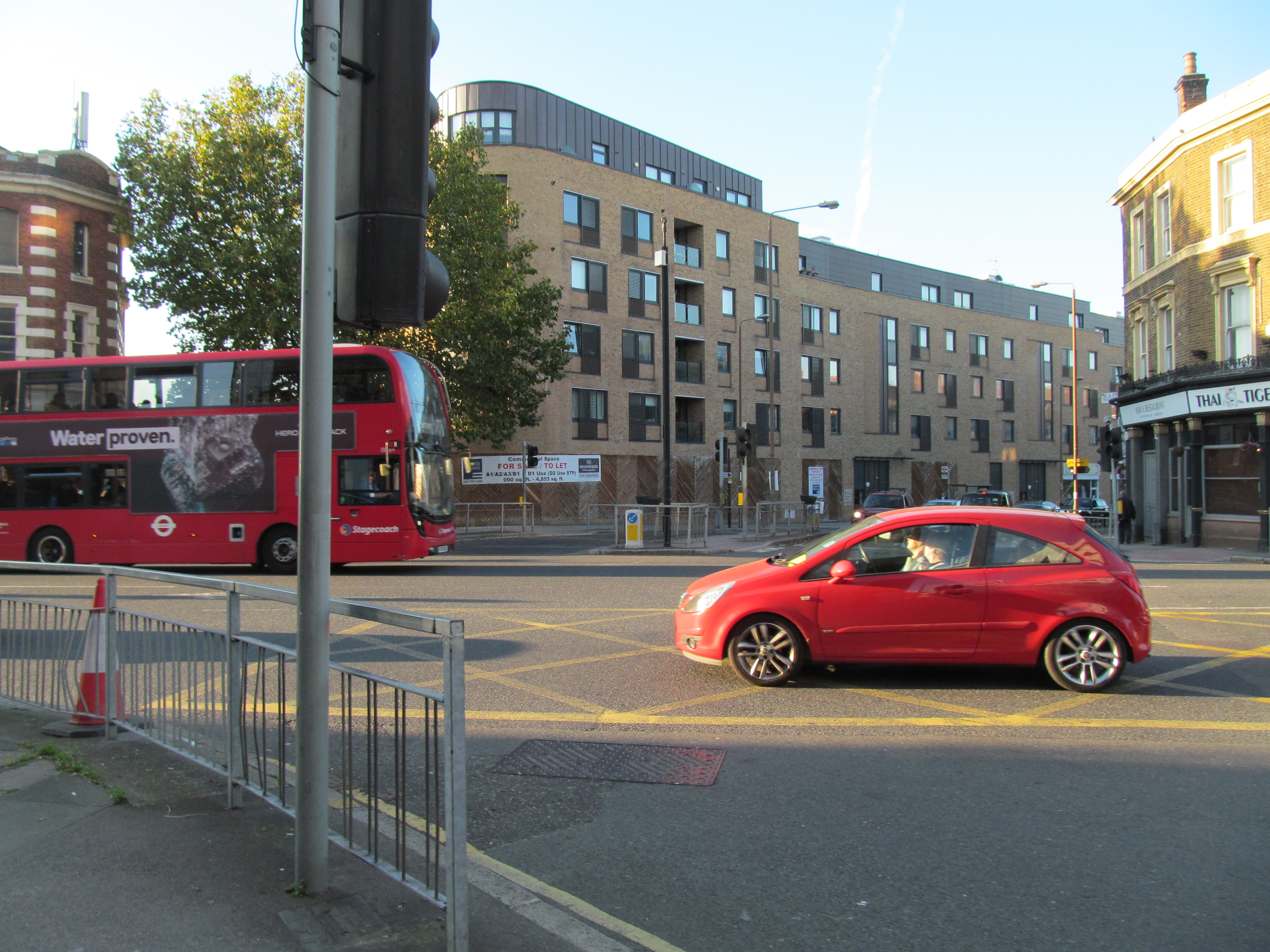Modular home cost problems hits Greenwich house building
Problems with the use of modular house building have played a part in increased costs for Greenwich council homes according to a new council report.
Other issues are blamed for the increase such as supply issues and high inflation, though it does raise issues over this type of building method in the recent past.
The council state: “Greenwich, like many others including private developers have struggled to secure enough modular units from providers at costs originally (and reasonably) envisaged”.
Earlier this year this site covered award-winning modular homes in Lewisham borough that have ended up being unable to move to other locations as planned.

Lewisham found the PLACE development in Ladywell – which was installed in 2016 to much fanfare and awards – cannot now be safely moved after five years in 2021 as originally intended.
The council stated: “It has also been used for a number of high profile site visits and is considered an exemplar use of modular construction.
Visitors have included representatives from the GLA, MHCLG, HM Treasury, several local authorities from across the country as well as government delegations from China, India, Ireland and Sweden.
PLACE also featured as part of Open House 2017 and was an integral part of New London Architecture’s On Location series in 2018.”
By 2020 when studies begun into moving, it was found that “moving PLACE elsewhere would come at a much greater cost than initially anticipated”.
Moving to another nearby site also meant that “following further, more detailed investigations, it was established that due to the constraints of the site, coupled with the complexity of the PLACE building’s structural form, this site was no longer considered suitable”.
So it will stay, which means: “If PLACE is to be retained and the new homes are to be built around it, including the nursery site, current proposals are that circa 69 new homes could be delivered – a reduction of 70% against the opportunity presented through either relocation or demolition.”
Plans to move it to a car park nearby to permit 232 homes on site was dropped.
That has led to an overall net reduction in new council housebuilding.

In addition, plans for modular homes at Peabody and Berkeley Homes’ West Thamesmead Gateway project for 1,750 units has been altered to now use traditional building methods.
Plumstead modular homes
Greenwich Council loudly promoted their use of modular construction at a site in Plumstead with claims of carbon reductions.
However they built low rise housing and car parking on a site that was in an area of medium density near excellent public transport links thus ensuring fewer homes for those on the 23,000-strong waiting list and 1,500 in temporary housing – a figure that has doubled since 2018.

That ensured more people are housed in expensive private lettings sometimes well out of London in areas such as Medway in Kent, and requiring extended travel to support and social networks – sometimes via carbon intensive means.
Solely looking at the carbon impact of homes and ignoring the impact on others through building low density housing only tells half a story.
That hasn’t stopped the authority including images of the homes within reports on carbon reductions.
Best to wait?
This isn’t to say modular has no place or will not be a key contributor in future – but both Greenwich and Lewisham have shown that right now it may pay to wait.
Modular and prefab of course has a chequered history and issues such as Ronan Point are often highlighted.
Lewisham’s most recent tower is modular and saw issues within the first week of residents moving in. Yet it may prove to work very well, and traditionally built blocks are hardly without fault.
Greenwich Builds
The report overall concerns the council’s housebuilding program to construct 750 new homes and sees a cost increase of £74.5 million from the original £240.2 million.
750 new homes over four years barely covers the amount of council homes lost during the demolition and rebuilding of three Woolwich estates alone.
Despite this the council put out a congratulatory press release on the Woolwich project last month which sees 650 homes lost in total.
The latest phase of the Woolwich project was approved in September 2021.

The authority also lose around 150 homes per year to right to buy. Given that, 750 homes over four years is not keeping up with homes lost, with a doubling of homeless households from 2018/19 to June 2021 showing that starkly.

Central Government also restrict a council’s ability to use income by capping funding for a project at 40 per cent. This rose from 30 per cent earlier this year but still places obstacles in the path of authorities.
Greenwich recently saw funding from the Mayor of London – though less than other a fair few other boroughs.
Lewisham is set to see £70 million, Newham £91.7 million and Greenwich £38 million.
The Mayor also decided that despite severe need and high costs of temporary housing to local authorities, with just 57 per cent of funds going to social homes.
He also revealed a policy to buy back former council homes – though of course not at the extremely low price they were sold for but current high market prices. Great news for those who made a lot of money or the many landlords that now rent them out. Not so good for Londoners – given buying homes off the market at current rates is often more expensive than building new homes directly and pushes out first time buyers, private renters and does nothing to increase overall housing stock.

Buying a flat back sold 10 years ago for £150,000 at £400,000 isn’t great value when a new build can be built for £250,000. That is of course a rough outline, but I’ve read enough reports of costing om various councils to show that’s the general outlook.
Even with current issues, building new pays off in the long term. In Greenwich buying existing homes cost an average of £394,550 compared to £223,000 per new build unit.
Recent issues change that, but it’s still the way to go.
Running a site alone takes time and a fair bit of money. Adverts are far from enough to cover it and my living costs as a private renter.
You can support me including via Paypal here Another option is via Patreon by clicking here You can also buy me a beer/coffee at Ko-fi here There's also a Facebook page for the site here Many thanks





You say a typical new-build unit costs around £250,000, which sounds reasonable.
At £314M for 750 units, one unit is costing Greenwich Council, on average, over £415,000. That looks like poor value for money to me.
Am I missing something?
Sounds as if Greenwich council picked the wrong kind of modular home construction. Still, the council can say it tried and blame factors outside its control.
I was not in favour of Place Ladywell being dismantled and Lewisham council will have to rethink how the adapt the site.